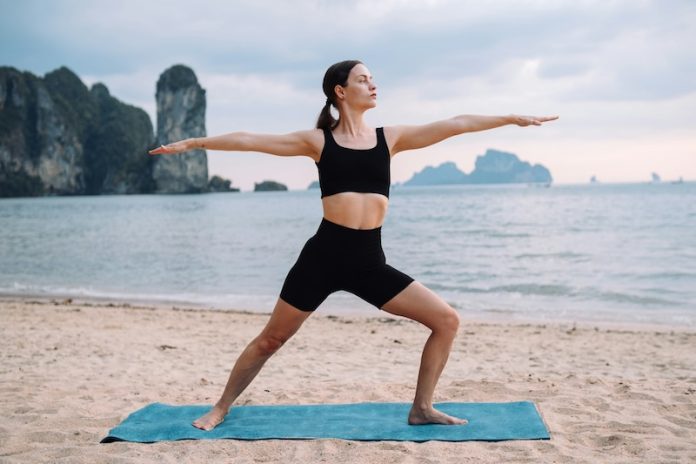
Exercise is one of the most effective and natural ways to lower high blood pressure. When you move your body, your heart gets stronger, your blood vessels relax, and your circulation improves—all of which help bring blood pressure down.
While regular physical activity is key for long-term results, certain types of exercises have been shown to reduce blood pressure quickly after you finish. Here’s a look at the best exercises for managing hypertension, based on scientific research.
Walking tops the list for its simplicity and effectiveness. Studies show that just 30 minutes of brisk walking can lower blood pressure almost immediately.
A study published in the Journal of Hypertension found that people who walked daily for 30–60 minutes experienced reductions in their systolic blood pressure (the top number) by up to 5–7 mmHg.
Walking at a steady pace relaxes your blood vessels and boosts the efficiency of your heart, making it a great go-to activity for people of all fitness levels.
Another powerful exercise is cycling, which provides a cardiovascular workout while being easy on the joints.
Research in The American Heart Journal showed that moderate cycling for 20–30 minutes led to a significant drop in blood pressure shortly after the session. Cycling gets your blood pumping and helps improve overall circulation, which can bring numbers down quickly.
Strength training, when done correctly, can also be beneficial. Lifting weights or using resistance bands improves muscle tone and helps your heart work more efficiently over time.
A study in Hypertension Research found that resistance training at moderate intensity, such as performing 2–3 sets of 10–15 repetitions with light weights, can lower systolic blood pressure by 3–6 mmHg within hours after exercise.
However, it’s important to avoid straining or holding your breath during these exercises, as that can momentarily raise blood pressure.
Stretching and yoga are excellent for relaxation and blood pressure reduction. Stretching improves blood flow, while yoga incorporates deep breathing and mindfulness, which calm the nervous system.
A review in The Journal of Alternative and Complementary Medicine found that yoga reduced blood pressure by an average of 5 mmHg for systolic and 3 mmHg for diastolic (the bottom number).
Yoga poses like child’s pose, cat-cow stretch, and seated forward bends are particularly gentle and effective.
High-Intensity Interval Training (HIIT) might sound intense, but it’s another effective method for lowering blood pressure quickly. HIIT involves alternating short bursts of high-intensity exercise with periods of rest or light activity.
For example, you might jog for 1 minute, then walk for 2 minutes, repeating this cycle for 20 minutes. Research in the Journal of the American College of Cardiology showed that HIIT can lower blood pressure more effectively than steady-state cardio, with effects visible even after a single session.
Deep breathing exercises are often overlooked but incredibly effective. Slow, deep breathing for 5–10 minutes can lower blood pressure by reducing stress and relaxing blood vessels.
A study in Hypertension found that focusing on deep breaths for just 10 minutes a day lowered blood pressure by an average of 4 mmHg.
For the best results, choose exercises that you enjoy and can do consistently. Combining aerobic activities like walking or cycling with strength training and relaxation-focused exercises like yoga provides a balanced approach.
Even small sessions of movement can make a difference, so don’t underestimate the power of a quick walk or a few minutes of mindful breathing.
Always talk to your doctor before starting a new exercise routine, especially if you have existing health conditions, to ensure your plan is safe and effective.
If you care about high blood pressure, please read studies that early time-restricted eating could help improve blood pressure, and natural coconut sugar could help reduce blood pressure and artery stiffness.
For more information about blood pressure, please see recent studies about added sugar in your diet linked to higher blood pressure, and results showing vitamin D could improve blood pressure in people with diabetes.
Copyright © 2024 Knowridge Science Report. All rights reserved.



